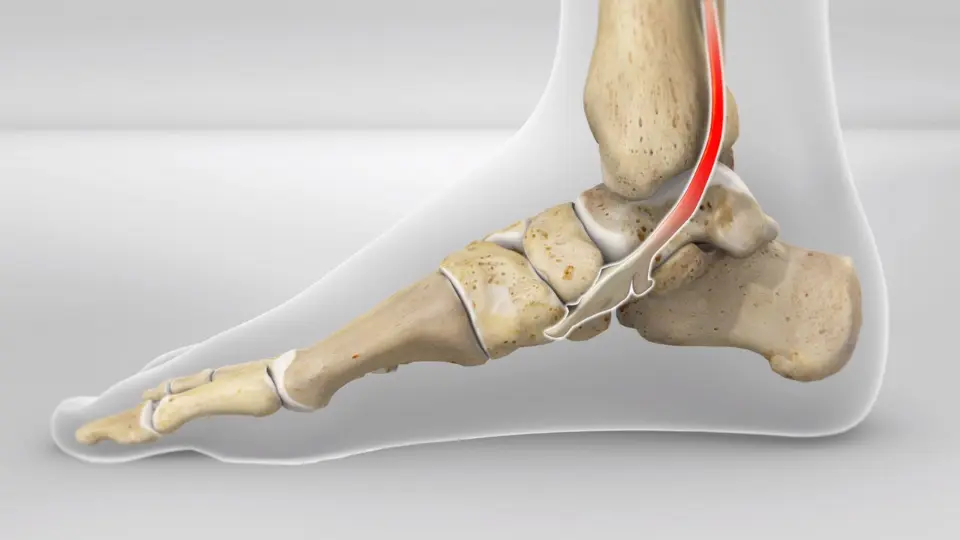Adult-Acquired Flatfoot from Progressive Tendon Failure
What Is Posterior Tibial Tendon Dysfunction (PTTD)?
PTTD is a condition where the posterior tibial tendon, which supports the arch of the foot and stabilizes the ankle, becomes inflamed or torn. This leads to progressive flattening of the foot’s arch — a condition often referred to as adult-acquired flatfoot. Over time, the tendon may lose its ability to support the arch, resulting in pain, deformity, and difficulty with walking.
This condition is most common in women over age 40 and in individuals who are overweight or have conditions that weaken the tendons.
Causes and Risk Factors
- Overuse or repetitive strain (especially in runners or people on their feet for long hours)
- Traumatic ankle injuries
- Obesity, diabetes, or hypertension
- Previous surgery or corticosteroid use
- Rheumatoid arthritis or other inflammatory conditions
- High-impact sports or activities involving stairs or inclines
Symptoms
- Pain and swelling along the inside of the ankle
- Gradual flattening of the foot’s arch
- Difficulty standing on tiptoe on the affected side
- Weakness or fatigue during prolonged walking
- Rolling inward of the ankle (overpronation)
- Worsening shoe wear pattern or difficulty fitting shoes
Diagnosis
- Physical examination to assess arch height, heel alignment, and tendon function
- Single-leg heel rise test — inability to perform may indicate tendon dysfunction
- X-rays to evaluate foot alignment and progression of flatfoot
- MRI or ultrasound to assess tendon integrity and surrounding tissue
Treatment
Non-Surgical Treatment
- Rest and reduction of weight-bearing activities
- Orthotic devices to support the arch and realign the foot
- Custom ankle-foot orthoses (AFO) in moderate cases
- Physical therapy focused on tendon strengthening and joint mobility
- Anti-inflammatory medications and weight management
Surgical Treatment
- Recommended when non-surgical measures fail or in advanced cases
- May include tendon transfer, osteotomy (realignment of bones), or joint fusion
- Goal is to restore foot alignment, support the arch, and eliminate pain
Recovery Timeline
- Conservative management can take 2–3 months to show improvement
- Post-surgical recovery may require 3–6 months, with bracing and physical therapy
- Full return to activity depends on the procedure and individual healing, often by 6–9 months
Expert Treatment at Kerlan Jobe Institute
The orthopedic foot and ankle team at Kerlan Jobe Institute provides comprehensive care for patients with PTTD. Our specialists use diagnostic precision and patient-specific treatment plans — from bracing and rehabilitation to advanced surgical reconstruction — to restore foot function and relieve pain.

